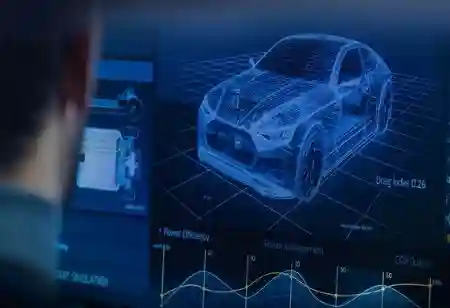Cars have been more than just a mode of mobility for over a century. In terms of personal mobility, they have been a game-changer.
FREMONT, CA
Has one thought about getting an electric car for their next vehicle? They likely have. Despite the economic downturn, demand for electric vehicles is increasing in North America, Europe, and China. Manufacturers meet this demand. The number of electric vehicle (EV) types and brands available is more than ever before. To increase market share, newcomers compete with established automakers.
What Are the Top Issues Affecting the Design and Development of EVs?
Choose the Appropriate Vehicle Architecture
There are no preconceived notions about what an electric vehicle should look like. Vehicles using traditional internal combustion engines were designed around a single component: the powerplant. The designers of electric vehicles have a lot more leeway. The viewpoint is both thrilling and terrifying. On the one hand, it is exciting to see the variety of inventive concepts provided by both new and established businesses. The versatility of EV topologies allows for some concepts that would otherwise be impossible. On the other side, it changes the design engineer’s job and makes it more difficult than before.
How can an engineer ensure that the most appropriate, better optimized, in other words, ‘best’ design is chosen to meet all performance requirements? It is impossible to try all of the possibilities. For starters, there are just too many of them. Second, because time-to-market is a primary concern, not only does the design engineer have to choose the ideal architecture, but they must do so rapidly.
Adopt A Human-Centered Engineering and Design Approach
Consider how future EVs will alter people’s lives in ways that go beyond mobility. Cars have been more than just a mode of mobility for over a century. In terms of personal mobility, they have been a game-changer. They have altered the appearance of human settlements and cities and offered joy to automotive and motorsport enthusiasts.
Automobiles have undoubtedly aided in the acceleration of industry and economic revolutions. However, our world evolves. The economic and societal transformation is driven by the impact of carbon emissions on climate change and the rarefication of fossil resources. People’s mindsets change with time. Yes, powerful automobiles used to be a source of pride and a mark of professional achievement. Consumers now demand automobiles that are above all safe, comfortable, and environmentally responsible rather than enjoying the roar of a churning V12 engine, a twelve-cylinder piston engine.

 Copyright © 2025 AutoTech Outlook. All Rights Reserved | Privacy Policy | Subscribe | Sitemap | About us | Feedback Policy | Editorial Policy
Copyright © 2025 AutoTech Outlook. All Rights Reserved | Privacy Policy | Subscribe | Sitemap | About us | Feedback Policy | Editorial Policy